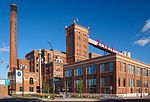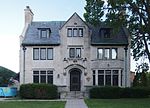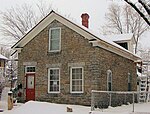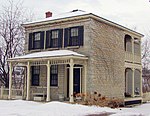C.S.P.S. Hall (Saint Paul, Minnesota)
Clubhouses on the National Register of Historic Places in MinnesotaCultural infrastructure completed in 1887Czech-American culture in MinnesotaCzech-Slovak Protective SocietyEuropean-American culture in Minneapolis–Saint Paul ... and 5 more
Minnesota Registered Historic Place stubsNational Register of Historic Places in Saint Paul, MinnesotaSaint Paul, Minnesota stubsSlovak-American culture in MinnesotaSokol in the United States
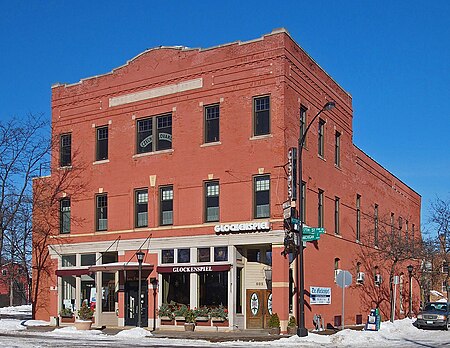
The C.S.P.S. Hall, also known as Czech Hall or as CSPS Sokol Hall, is the home of the Czech-Slovak Protective Society Hall — a recreation center and meeting house used for social events, including Sokol events; important to the cultural preservation of Czech and Slovak immigrants in Saint Paul, Minnesota. It is listed on the National Register of Historic Places.The C.S.P.S. was founded in St. Louis, Missouri, in 1854, and, like other immigrant societies, began by offering a kind of insurance program, which provided for members when they were ill and covered funeral expenses.
Excerpt from the Wikipedia article C.S.P.S. Hall (Saint Paul, Minnesota) (License: CC BY-SA 3.0, Authors, Images).C.S.P.S. Hall (Saint Paul, Minnesota)
7th Street West, Saint Paul West Seventh - Fort Road
Geographical coordinates (GPS) Address Website External links Nearby Places Show on map
Geographical coordinates (GPS)
| Latitude | Longitude |
|---|---|
| N 44.935277777778 ° | E -93.116111111111 ° |
Address
CSPS Hall
7th Street West 383
55102 Saint Paul, West Seventh - Fort Road
Minnesota, United States
Open on Google Maps

